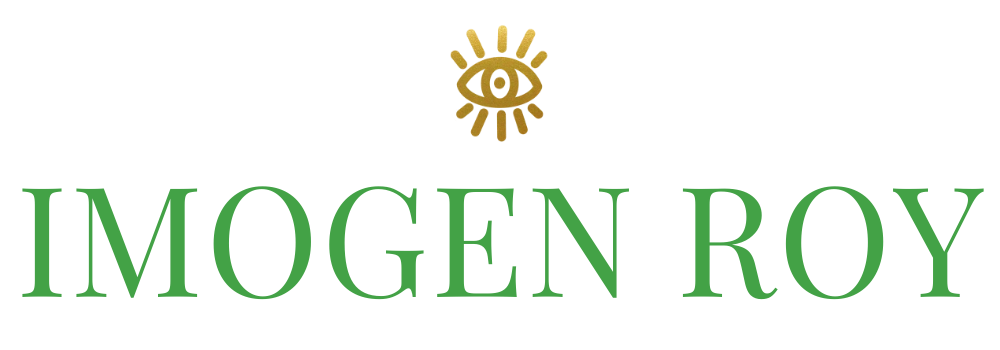The Difference Between Working On vs. In Your Business
Working ‘in’ your business is spending time managing your business as it is today. Working ‘on’ your business is investing time so your business can be better tomorrow.
When was the last time you dedicated time to working “on” rather than just “in” your business?
As freelancers, side-hustlers or fully-fledged entrepreneurs, we know exactly what working in our business looks like: serving clients, ‘doing the work’ and wearing all the many hats needed to hustle and keep the lights on.
But what does it feel like when we’re only working in our business and never on it?
‘Stuff’ is getting done, but you don’t feel like you’re making progress towards anything big or meaningful.
You’re not clear on the big picture, and the ‘why’ or vision behind your business is fuzzy.
You’re on a treadmill of constant busy-ness, stress and overwhelm.
Sound at all familiar?
Of course, we have to spend considerable time working in the business to have a business at all. But if we’re acting like a full-time overtime employee and never stepping into the role of CEO in order to lead the business, we’re not going to get very far. Read about the difference between CEO and employee mindset.
Working in and on the business is like operating two businesses simultaneously: the business you’re in and the business you’re becoming.
You have to think of it as running two businesses at once.
So what does working ‘on’ your business look like?
1. Consistent Evaluation of Your Business Performance
More often than not when we’re on the hamster wheel of busy-ness, we rush onto the next thing without debriefing what we just did.
According to the Pareto Principle, 80% of results come from just 20% of activity. But if you’re not evaluating what’s working and what’s isn’t, how will you ever know what your 20% is?
Evaluation means sitting down weekly, monthly or quarterly - whatever is needed - and crunching the numbers. Here are the metrics I use to measure the success of my own business:
Revenue and profit
Is my business model serving my lifestyle and leaving plenty left over to re-invest in growth?
Creative output
Am I doing client work that challenges and inspires me? Am I increasing the amount of time I spend in my ‘zone of genius’?
Quality of life
Does my business support my health and hobbies and enable me to travel and spend time with loved ones?
Because I’m crystal clear on what ‘healthy’ looks and feels like on all those metrics, I can constantly evaluate and make changes as necessary to get back on track. Your business should serve your lifestyle, not the other way around, so you need to be able to measure its performance.
2. Being Clear on Your Vision
As the boss of yourself and your business, you need to know where you’re going and why, and make high-level strategic decisions accordingly. Once you are clear on your vision, you can set relevant goals on the path to get there. Don’t have a vision for your business? I explain how to create an inspiring mission and vision for your life’s work.
3. Business Development
Whatever business you’re in, we’re all in the relationship-building business. Working ‘on’ your business means looking ahead, nurturing warm leads, and building great relationships with people before you need them. I spend 25% of my working hours on marketing and business development and I don’t think that’s too much.
4. Investing in Yourself
Your business or career cannot grow unless you do. Success doesn’t happen because your external circumstances get better, it happens because you get better!
As a business owner and as the boss of your life, you are 100% responsible for your training, education and personal development. So read books, listen to podcasts, go to events and workshops, hire a coach and invest in professional help for any health issues that are holding you back.
An investment in yourself is an investment that will always pay itself back.
5. Treating Yourself Like Your Best Paying Client
You are the engine of your business, the most valuable client, the one who carries the entire operation. How would a top client feel if you set a goal together only to let it pass unattended?
Probably pissed off enough to not pay you, so why treat yourself that way? Take your personal commitments as seriously as your professional ones. Schedule important meetings with your top client (you), show up on time, make notes and follow up with the agreed actions.
Working ‘in’ your business is spending time managing your business as it is today. Working ‘on’ your business is investing time so your business can be better tomorrow.
The more you work ‘on’, the easier the work you do ‘in’ will get.
I’m Imogen, and as a Strategy Coach, I help entrepreneurial people to be more prolific, productive and present in their life and business.
If you know that it’s time to work in as well as on your business, book a free call with me to talk about coaching.
Pin this blog post for later:




